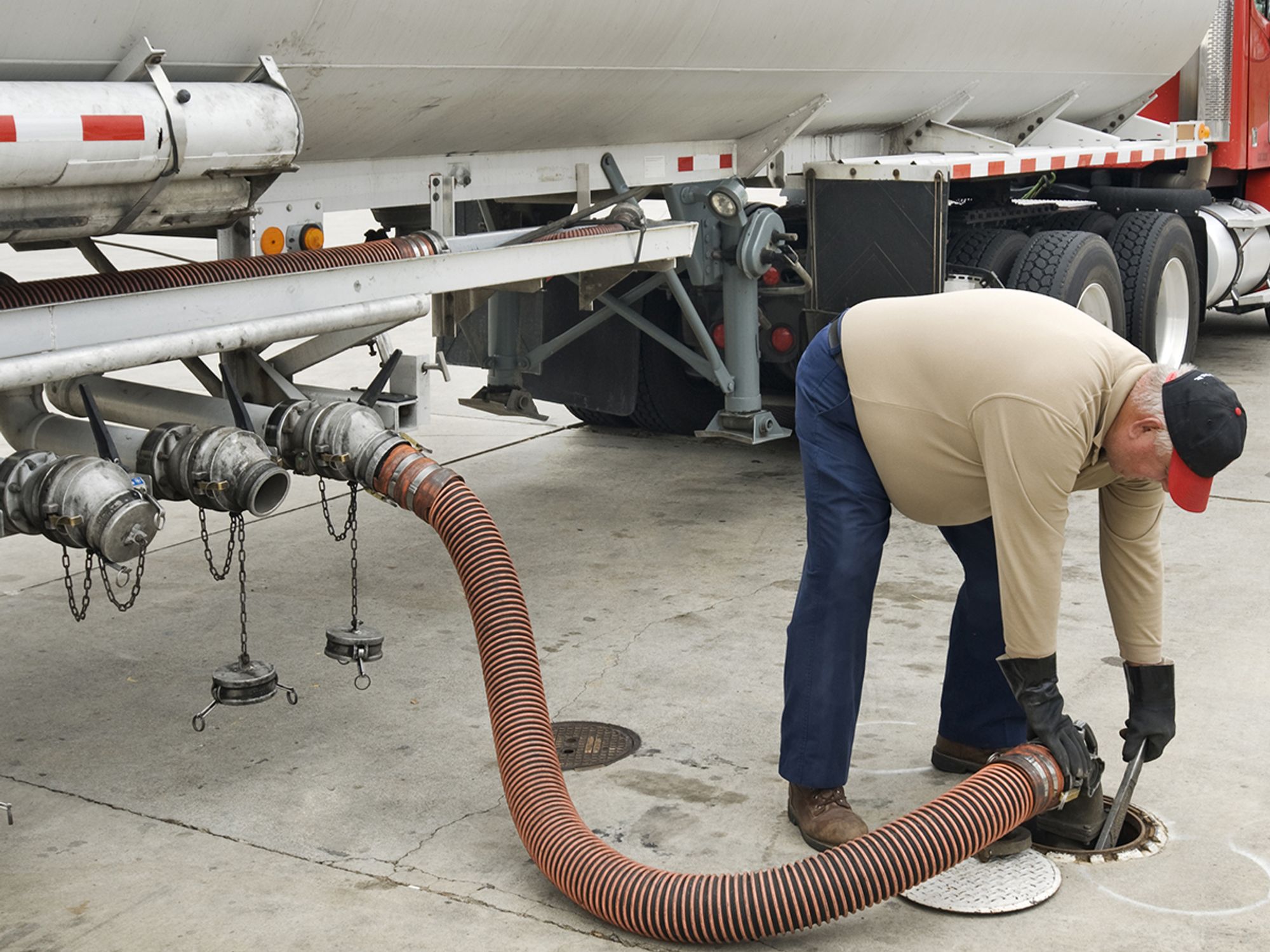Spill cleanup

- EPA regulations require UST owners and operators to respond to a release by carrying out certain actions.
- A company should suspect a release when they observe unusual operating conditions and/or results from release detection monitoring and testing indicate a release.
Environmental Protection Agency (EPA) regulations require underground storage tank (UST) owners and operators to respond to a release by:
- Reporting a release;
- Removing its source;
- Mitigating fire and safety hazards;
- Investigating the extent of the contamination; and
- Cleaning up soil and groundwater as needed to protect human health and the environment.
The EPA developed the UST regulations and program to be flexible, and to be implemented by state and local agencies. Every state and many local governments now have active UST cleanup programs.
One of the EPA’s top priorities in the UST program is to help state and local governments make cleanups faster, cheaper, and more effective.
What to do if a release is suspected
Alarms and warning signals may indicate that an underground storage tank (UST) is leaking. A company can minimize damage to the environment, and to the business, by paying attention to early warning signals and taking immediate action before major problems develop.
A company should suspect a release when they observe these warning signals:
- Unusual operating conditions. Check first to see if the problem results from equipment failure that can be repaired. Be sure to remove any liquid from the interstitial space of secondarily contained systems.
- Results from release detection monitoring and testing indicate a release. What at first appears to be a release may be the result of faulty equipment that is part of the UST system or its release detection. Check this equipment carefully for failures.
If a company investigates an unusual operating condition or release detection alarm and determines a release has not occurred, the company does not need to report a suspected release as long as they immediately fix the problem. Otherwise, call the implementing agency and report the suspected release.
To find out quickly if the suspected release is an actual release, use these investigative steps:
- Conduct tightness testing or interstitial integrity testing of the entire UST system.
- Check the site for additional information on the presence and source of contamination.
If the system tests and site checks confirm that a release has occurred, follow the actions for responding to confirmed releases. Respond quickly to any evidence of released petroleum that appears at or near the site. For example, neighbors might tell the company they smell petroleum vapors in their basements or taste petroleum in their drinking water. Or the company may notice unusual operating conditions such as erratic behavior of the dispensing pump and liquid in the interstitial space of secondarily contained systems. If evidence of this type is discovered, report this discovery immediately to the implementing agency and take the required investigative steps and follow-up actions.
